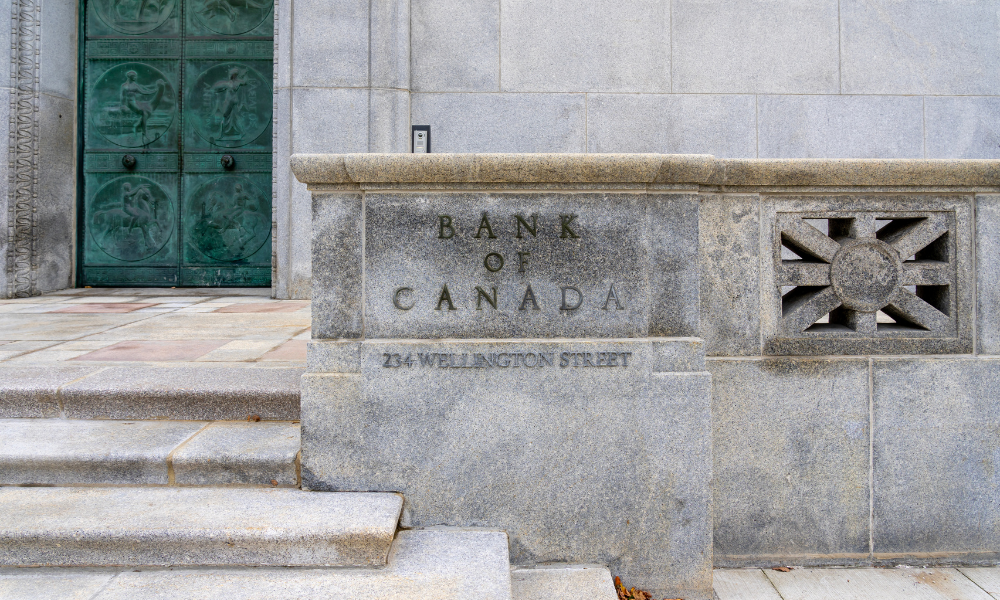Alternatives can be useful tools to improve a portfolio’s risk-return characteristics
.jpg)
Equities (stocks), fixed-income securities (bonds), mutual funds and term deposits (such as GICs) – these are the traditional investment vehicles that investors use to diversify their investment portfolio. However, there are alternatives to these, which are collectively called alternative investments. Most of these investments are not made available to the general public, so they are sometimes referred to as “exempt securities.”
What are good alternative investments?
1. Real estate
Traditional real-estate investing involves buying a property, renting it out and collecting rent, or increasing the value through renovations and then selling for a large profit. Aside from these ways, according to Savvy New Canadians, investors can now invest in real estate through:
Real estate investment trusts: Like mutual funds, REITs pool investors’ funds and use them to buy an underlying asset. REIT funds are used to buy and hold properties that produce income. REITs can be public or private. Publicly traded REITs are traded like stocks on the stock exchange, while private REITs are exempt investments that an investor must qualify for.
REITs distribute at least 90% of their taxable income to shareholders annually. Depending on the REIT, distributions may include income, return of capital, and foreign non-business income. When shareholders dispose of their shares, they may make a capital gain.
Mortgage investment corporations: MICs pool money from institutional and other investors and lend it to mortgage borrowers who are unable to obtain financing via traditional channels. They lend at a much higher interest rate and promise investors higher returns than similar fixed-income securities with similar maturity (yields of 8%-14% are not uncommon). The mortgage loans are usually short-term.
Income earned by MICs is distributed to shareholders and taxed in their hands. To avoid high tax rates on income distribution, shareholders can hold some MICs in tax-sheltered accounts.
2. Private equity
Private equity involves investment in a private company’s equity resulting in part or full ownership of the business. It may also include the buyout of a public company and taking it private. Private-equity firms pool money from investors, and after making improvements and increasing a company’s profitability or value, they try to sell it for a profit.
Private-equity funds usually have a high minimum investment requirement. Some of the strategies they use include leveraged buyouts (use of debt financing to buy out a company) and venture capital (investment in a start-up company to choose winners).
3. Private-debt funds
These funds raise capital from investors and make loans to companies on a short- to long-term basis. These loans are secured against the company’s assets. The borrowers pay a premium rate on the loans, generating attractive yields that exceed what investors would earn on publicly marketed debt instruments with similar terms or duration.
4. Hedge funds
Hedge funds pool money from investors and use complicated strategies and a variety of investment assets to generate very high returns. They are set up to make money irrespective of how the market does. They use leverage to increase returns and hedging strategies to reduce risk. Hedge fund investment strategies include long/short equity, relative value arbitrage, event-driven, market neutral, global macro, and fund of funds. Their typical fee structure consists of a 2% management fee per annum and a 20% performance fee.
Why invest in alternatives
Despite unique risks and considerations, alternative investments can be useful tools to improve the risk-return characteristics of an investment portfolio. Here are the specific benefits of investing in alternatives:
Increased portfolio diversification: While alternative investments on their own may have higher volatility than traditional investments, they typically have low correlations to, or do not move in lockstep with, conventional asset classes. As such, including them in an investment portfolio tends to result in lower overall volatility.
Enhanced returns: Because they have a broader universe in which to invest (public and private) and do not have some of the same investment constraints, alt-investments have the potential for higher long-term performance than traditional investments.
How to invest in alternative assets
Investors must either be accredited or eligible:
Accredited investors: These are investors who meet specific criteria set out by regulators. They can buy exempt investments without a prospectus and buy as much as they want. In Canada, they are required to have: Financial assets worth at least $1 million (individual or couple) or a net worth exceeding $5 million, or a net income exceeding $200,000 (individual) or $300,000 (couple).
Eligible investors: These are investors who meet certain income/net worth criteria as set by regulators and who have: Financial assets worth at least $400,000 (individual or couple), or a net income exceeding $75,000 (individual) or $125,000 (couple). They can buy exempt investments with a maximum investment limit of $300,000 per year or up to $100,000 if they receive advice from a portfolio manager that the investment is suitable.
How much of a portfolio should be alternative investments?
Here are some primary considerations to keep in mind when incorporating alternative investments into a portfolio, according to Baird Private Wealth Management:
Appropriate allocation: Generally, allocating 10%-20% of a portfolio to alternative investments is most appropriate, although the allocation can be higher in unique situations. It is a large enough allocation to be impactful in terms of enhancing returns or helping reduce risk without being so large that it dominates the overall portfolio.
Proper funding: Different alternative investments have different objectives and should, therefore, be funded differently within a portfolio. Those seeking enhanced returns, such as private equity, should be funded from the equity portion of a portfolio. In contrast, those seeking an absolute level of return regardless of the market environment may be better funded from the fixed-income portion of a portfolio.
Alternative investments that seek both to enhance returns and reduce volatility can be funded proportionately from the equity and fixed-income portions of a portfolio. For instance, in a portfolio consisting of 60% equity and 40% fixed income, if 20% will be allocated to alternative investments, 12% could come from traditional equity and 8% from traditional fixed income.
It is important to remember that while alternative investments offer unique benefits, they may also come with unique risks. As such, investors should determine the suitability of incorporating alternatives into their existing investment strategy.



